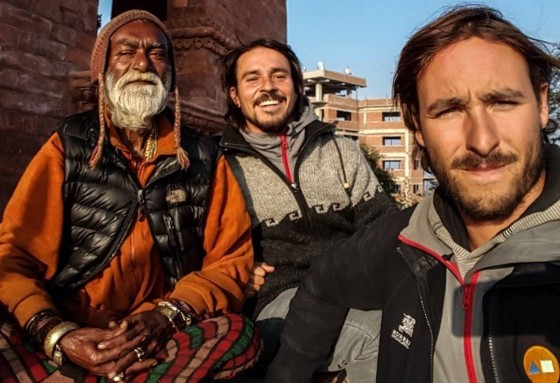1. The spring 2015 earthquakes destroyed the country.
The earthquakes of April and May 2015 killed more than 8,000 people, injured 21,000 and left hundreds of thousands homeless. These losses shouldn’t be minimized, and many people are still waiting for the relief supplies they were promised.
However, the scenes of destruction that were broadcast around the world in the days after the quakes are not representative of the whole country. Those broadcasts tended to focus on the destruction of a couple of important heritage sites in Kathmandu, and some of the worst-affected towns. Only a small number of Nepal’s 75 districts were affected, and the tourism infrastructure — such as the hotels, restaurants, trekking lodges and guiding agencies — is still strong. Right now is a still great time to visit Nepal, regardless.
